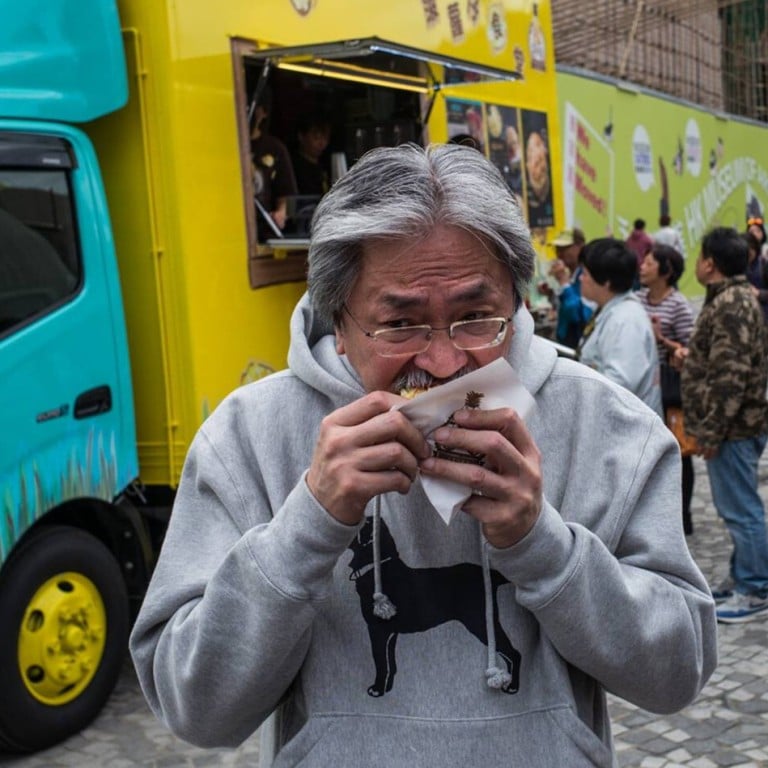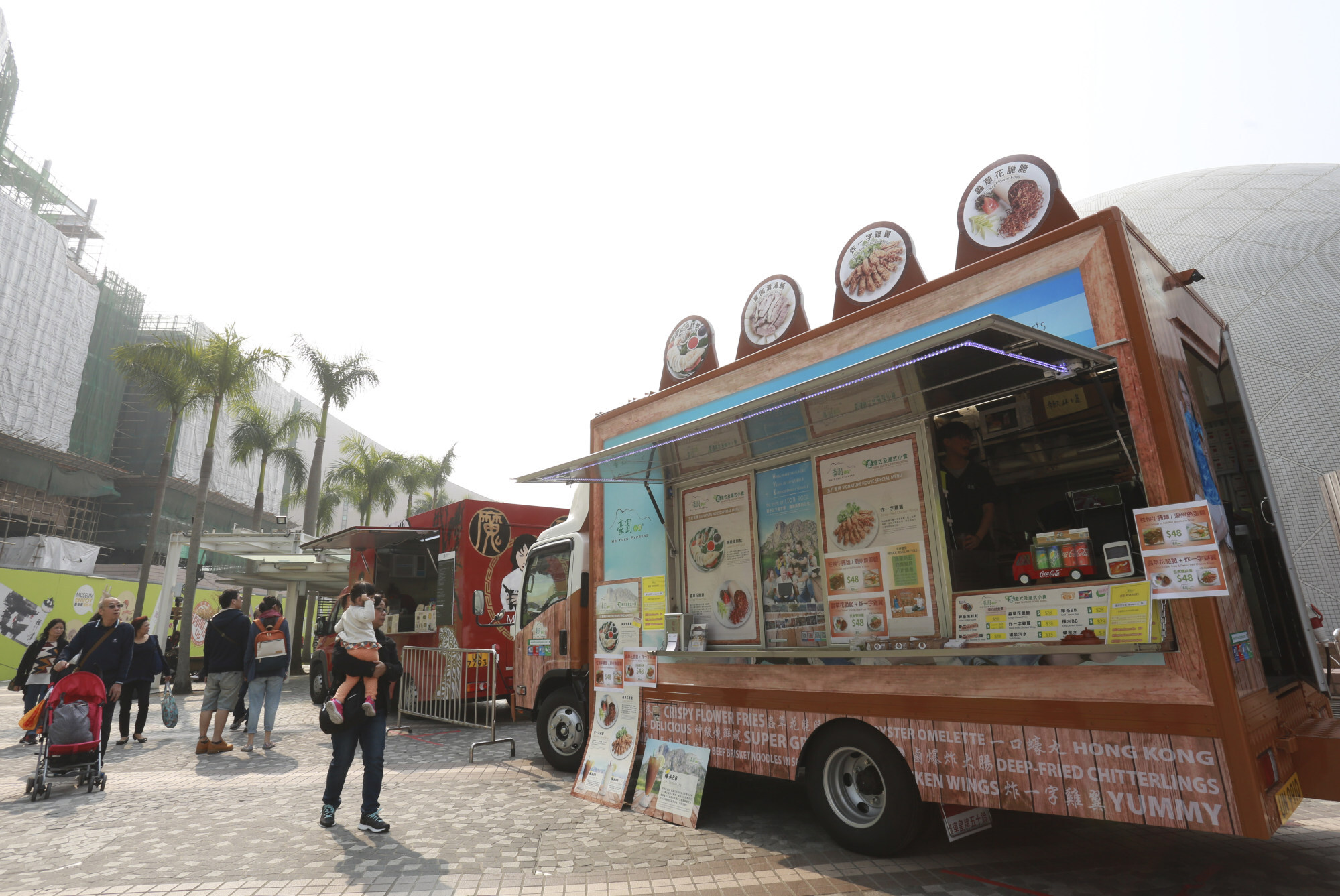
Street food hawkers in Hong Kong: a tale of corruption, crackdowns and the black comedy of the food truck fiasco
- Once an integral part of urban life, the food hawkers who walk the streets of Hong Kong selling simple, popular food items are a dying breed
- Food trucks, a foreign import, were recently launched, but interfering bureaucrats with no knowledge of the business stifled owners’ chances of success
Buzzing, multifaceted street-side activities are a well-established, colourful feature in any large urban centre. Ambulant food hawkers were a noted facet of life in all Asian cities, including Hong Kong, until recent times.
Their declining numbers are seen by many – with some truth – as part of the ongoing homogenisation of local street culture, and a loss of distinctiveness, character and charm, as malls the size of city blocks inexorably take over.
Depending on the time and season, foods on offer might have been bowls of soup noodles, sweet broths, steamed buns, candied fruit, roast sweet potatoes – anything that was popular. Individual hawkers with particular specialities would be sought after whenever their call was heard around the neighbourhood.
Like much else in the recent local past, distinctive street vendor’s cries are now something heard mostly on recorded loops within static museum displays, rather than as part of everyday life.
Less happily, hawker licences gave ample opportunity for petty corruption to flourish; low-level, poorly paid officials could be – and routinely were – bribed to speed up an application.
For decades, Police and Urban Services staff in Hong Kong routinely accepted “tips” to look the other way with regard to unlicensed activities and petty infractions; there are those who still fondly choose to think that these practices are now extinct.

Hong Kong’s now-defunct Urban Council began to eliminate street hawkers in the 1970s. This was well-intended; food hawkers, then, were usually unhygienic and, as well as spreading disease, dai pai dong and other stalls materially contributed to roadside filth and vermin nuisance.
As with much else in Hong Kong life, there is the officially stated and (for the most part) publicly accepted general explanation, and then there are the unstated (but nevertheless real) underlying causes and ultimate knock-on effects that make a particular course of official action virtually impossible to pursue.
Access to specific pitches is something that could be controlled – or denied. Consequent “fixed pitch” hawkers did well at certain times of the day, or night, depending on the goods on offer. Triad influence was obvious; one of the key unstated reasons behind the refusal to grant more hawker licences was the complete inability to root out corruption and extortion once the process was under way.
Why people still love Hong Kong’s surviving dai pai dongs
Consequently, food trucks can and – well, um – actually should, move about from place to place during a day’s trading. On their peregrinations, these enterprises would sell items that people actually want to consume, at times and places where periodic demand appears, such as outside educational institutions at lunchtime, offices during midafternoon snack times, transport hubs at key commuter intervals, or in nightclub districts to help blot up the booze after drinking sessions.
Established “fixed-location” vested interests – and the extrajudicial “powers that be” who ensure that these businesses continue to draw a substantial profit from artificially closed markets – would be significantly challenged by their new-found competition’s mobility. And so the trucks were stationary, and found only at “tourist hotspots”.

Spectacularly unsuccessful, unsurprisingly, the whole concept is all but defunct. And let us not forget one key issue: this poorly thought-out non-starter was the brainchild and legacy project of the man who supervised Hong Kong’s public finances over a decade during which one in five Hong Kong residents slipped below the official poverty line.

